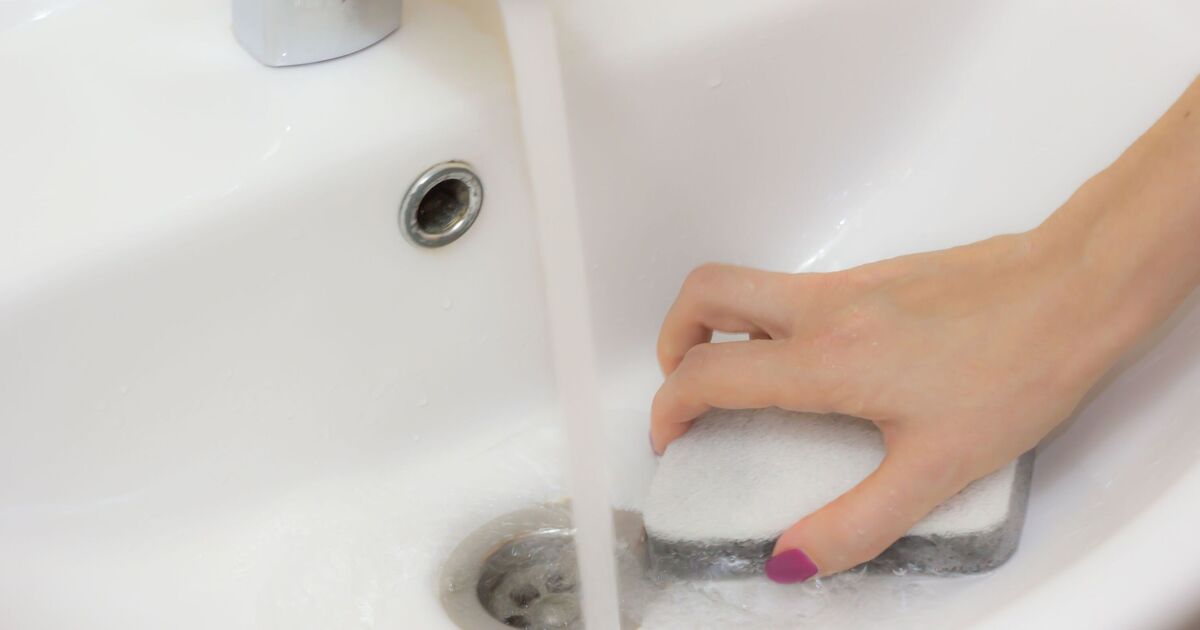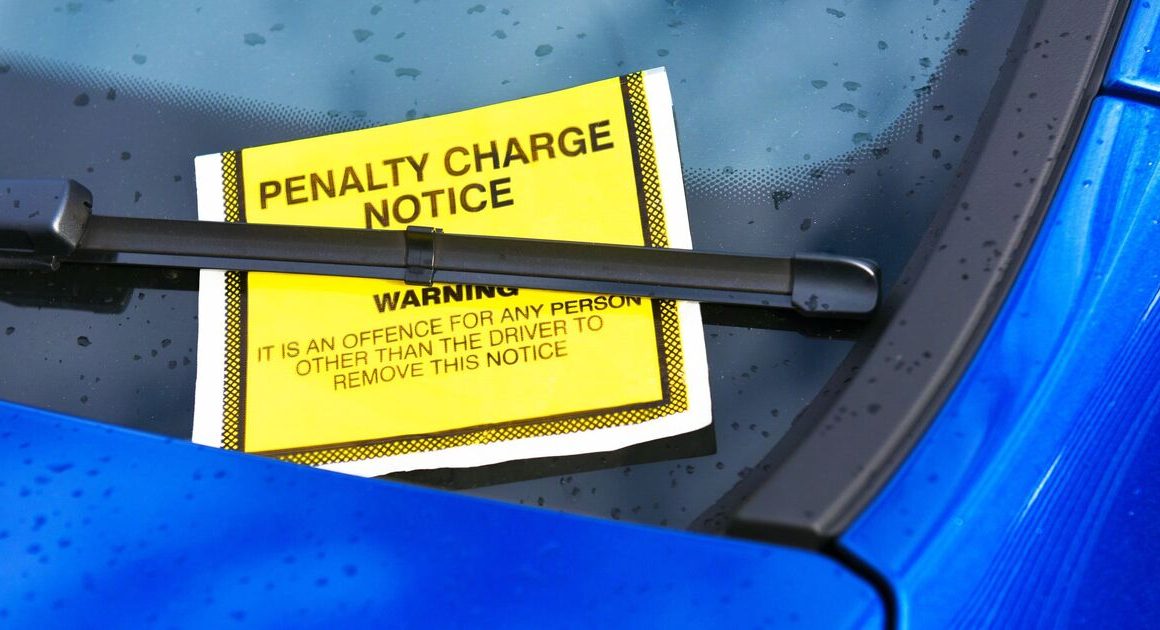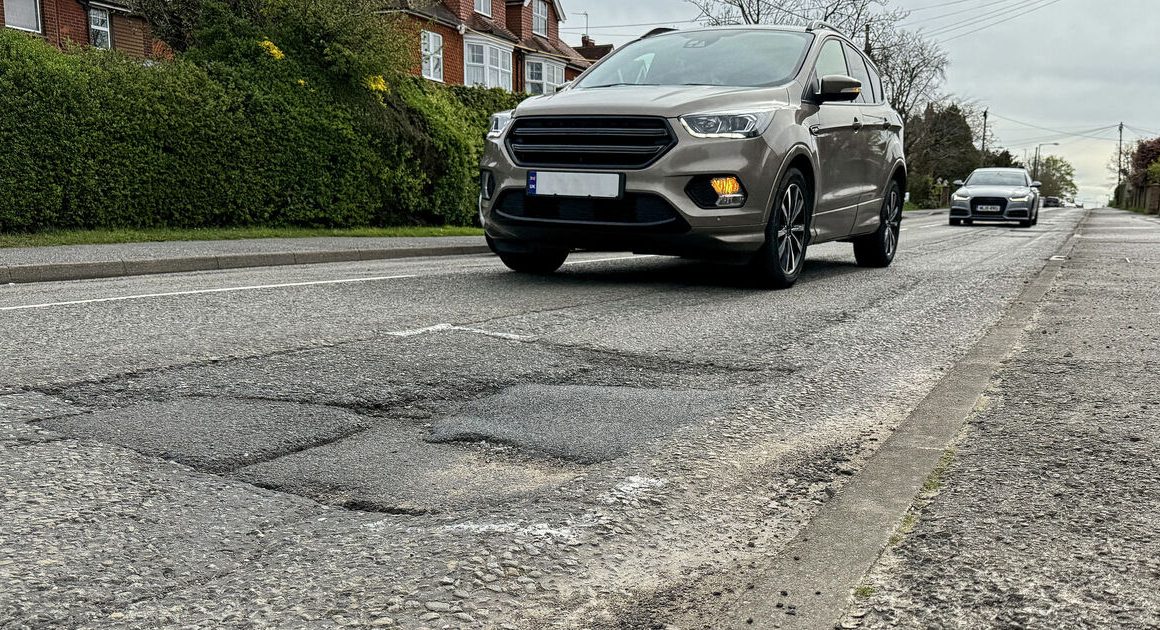From tidying stray pine needles to cleaning out your oven after making Christmas dinner, the festive period often results in even more household cleaning tasks than usual.
Keeping on top of the cleaning can be a time-consuming process at the best of times, but it can feel even more arduous between Christmas and New Year.
Constant moisture, soap scum and mineral deposits mean bathrooms are one of the hardest areas to keep clean in homes.
Luckily, the experts at Plumbworld have revealed their go-to “miracle” product to use when cleaning your bathroom.
If the thought of cleaning your bathroom and scrubbing stubborn grime for hours fills you with dread, you’ll be relieved to hear that one common household ingredient can do the job for you in as little as five minutes.
This quick hack not only saves time but also tackles the build-up of grime and limescale more effectively than many commercial cleaners.
The miracle ingredient in question is white vinegar, a common cupboard essential.
Its natural acidity dissolves limescale, soap scum and mildew — the main causes of dirty bathroom surfaces.
White vinegar is a safe, natural alternative to chemical cleaners, which often contain harsh ingredients and strong fumes and leave residue.
It not only removes grime effectively but also disinfects, leaving your bathroom clean and fresh.
The product contains acetic acid, which gives it its powerful cleaning abilities. Its acidity breaks down hard water mineral deposits, dissolves soap scum, and fights mould and mildew.
In the UK, where over 60 percent of homes face hard water issues, limescale build-up on taps, shower screens, and toilets is a common problem. White vinegar provides a simple, natural solution to tackle this head-on.
To clean your shower screens and tiles with white vinegar, the experts recommend mixing equal parts white vinegar and warm water in a spray bottle.
You should then spray the solution generously on the shower screen, tiles, and other surfaces affected by grime or limescale and let it sit for five minutes to break down the build-up.
Finally, wipe away the grime with a soft cloth or sponge, rinse with water and dry with a microfibre cloth for a streak-free finish. For stubborn spots, scrub lightly with a non-abrasive pad.
For taps and fixtures, soak a clean cloth in undiluted white vinegar and wrap it around taps or faucets where limescale has built up.
Then, leave it for five to 10 minutes before unwrapping the cloth and scrubbing any reaining residue with an old toothbrush and wiping clean with a damp cloth.
To clean toilets with white vinegar, pour one to two cups of it into the toilet bowl and leave to sit for at least five minutes, or longer for tough stains.
Scrub with a toilet brush, ensuring the vinegar covers all areas and then flush to reveal a clean, stain-free toilet bowl.












